Prostate adenoma removal surgery
Prostate adenoma is one of the most common diseases of the male genitourinary system. The likelihood of its occurrence increases with age. According to statistics, at 60 years of age, the disease occurs in about 50% of men, and after 70 years, the figure reaches 80%. Adenoma develops quickly and in advanced conditions requires surgical intervention. The surgery center of the K+31 clinic diagnoses and treats prostate pathologies using advanced technologies. Low-trauma surgeries are performed on an outpatient basis and require a minimum rehabilitation period.

specialists

equipment

treatment
Prostate adenoma: causes and symptoms
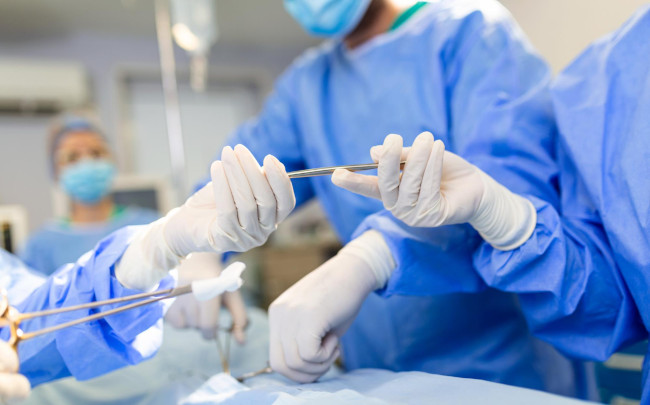
Causes of prostate adenoma development
Hyperplasia with tissue proliferation of the prostate gland can occur in both elderly and young men. The causes of the disease will be different, and the main symptoms affect the urinary system.
The main prerequisites that contribute to the development of the disease can be divided into two groups:
- Hormonal disorders. They appear with age against the background of a decrease in the level of testosterone hormones, an increase in prolactin and estradiol. They occur in men after 50-60 years. Hormonal imbalance provokes chaotic cell division and an increase in the glandular epithelium in size
- Chronic inflammatory processes in the pelvic organs and urinary system. Violation of the outflow of urine and infections in the bladder provoke prostatitis, which can lead to hyperplasia. This factor is most often the cause of the disease in young men (over 40 years old)
Risk factors for the development of prostate adenoma also include heredity, a sedentary lifestyle and endocrine disorders.
Until now, scientists have not been able to determine exactly what provokes the proliferation of glandular epithelium of the prostate, but there is a clear relationship with hormonal imbalance and blood circulation in the pelvis. The likelihood of adenoma is higher in men who have close relatives with a similar problem, as well as after infectious and inflammatory diseases of the genitourinary system.

Symptoms of prostate adenoma
Prostatic hyperplasia goes through three stages in its development. As the tissue grows, the compression of the urethra increases, leading to characteristic symptoms that can be used to suspect adenoma.
Adenoma symptoms depending on the stage:
- Initial. The gland is slightly enlarged, but does not compress the canal. There are no symptoms. At an early stage, the disease can be detected by chance, during a routine examination by a urologist
- Compensated. The urethral canal is compressed, urination is difficult, the tissues of the bladder grow. The main symptom is frequent urge to urinate at night, intermittent stream, you have to strain for complete emptying
- Subcompensated. The muscles of the bladder are hypertrophied, the sphincter works worse, the urine cannot come out completely. After visiting the toilet there is a feeling of incomplete emptying. Erectile function is impaired
- Decompensated. The bladder walls are stretched, the urethra is blocked. Urination is dripping with leakage. Acute urinary retention syndrome develops, which leads to irreversible changes in the kidneys
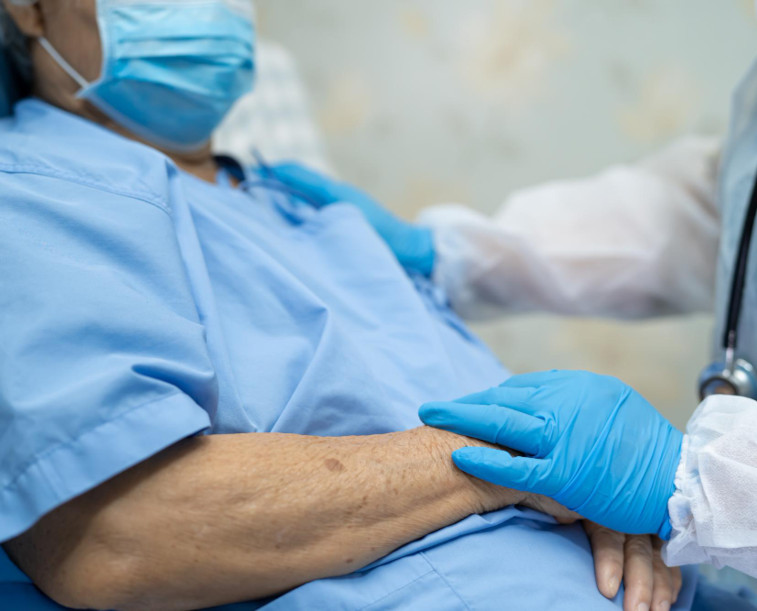
At the early and compensated stage, the disease is successfully treated with medications and lifestyle changes. At later stages, urinary retention becomes the main severe symptom and requires surgical intervention.
Symptoms that should be a reason to see a doctor for examination:
- Urination takes longer, you need to strain to completely empty the bladder
- Urine has become cloudy, sometimes with blood streaks
- At night and in the morning, the urge to go to the toilet is more frequent than during the day
- After emptying the bladder, pain, burning, or a feeling of incomplete emptying of the bladder are felt
- During ejaculation, there are unpleasant sensations in the penis
General symptoms such as dry mouth, weakness, loss of appetite, frequent constipation may also be of concern.
Important! At an advanced stage of prostate adenoma, the patient constantly feels the need to urinate, but cannot urinate. Urine flows in drops or is absent altogether. In this case, it is necessary to urgently go to the clinic for hospitalization and installation of a catheter. Any delay can cause acute pyelonephritis and lead to death.
Methods of removing prostate adenoma
Transurethral surgery (TUR)
Involves inserting microsurgical instruments through the urethra without external incisions or punctures. The technique is effective and in demand. It is indicated for removing tumors of various sizes.
Proceedings of the operation:
- The doctor inserts the endoscopic tube through the urethra of the penis and advances it to the bladder. At the end of the endoscope there is a backlight, optics and a camera that displays the image on the screen
- After removing residual urine from the bladder, the doctor dissects the glandular tissue using a knife with an electric loop. Fragments of the epithelium are brought out through the endoscope tube
- The endoscopic equipment is removed from the urethra, a urinary catheter is installed. Through it, the area of the operation is washed and urine is drained on the 2-3 day
During the operation, the surgeon monitors the movement of the electric knife on the screen, which allows him to control the volume of work and not affect adjacent tissues. The electric knife enucleates the adenoma and simultaneously “seals” the tissue vessels, which minimizes blood loss. The method is a modern alternative to laparoscopic or open surgery.
Laser enucleation
It is considered the "gold standard" for adenomectomy. Surgical equipment is inserted to the site of pathology through the urethra, as in the previous method. The excision instrument is a holmium laser.
Procedure of the operation:
- Installation of endoscopic equipment through the urethra of the penis
- Excision of altered tissues with a laser knife and their removal to the bladder under video surveillance using a resectoscope
- Introduction of a morcellator into the bladder to crush tumor fragments and remove them using the suction function
- Installation of a urinary catheter and rinsing of the operated area
Using optical magnification and a laser, it is possible to excise the damaged gland with extreme precision without affecting healthy cells. The laser heats the tissue and "seals" the damaged vessels, which eliminates bleeding and the risk of infection. The technique allows for the removal of a large overgrown gland. Suitable for diabetics and patients with impaired blood clotting.
Laparoscopic intervention
It provides access to the tumor through punctures in the peritoneum, after the operation there are small (1 cm) scars. The gland is removed using a microscopic scalpel.
Proceedings of the operation:
- Punctures in the peritoneum in several places and installation of endoscopic equipment
- Insertion of a scalpel through the endoscope, tissue dissection and their extraction through the tube. Stopping bleeding by diathermoregulation (cauterization)
- Installation of a urinary catheter and washing of the surgical site
- Removal of endoscopic equipment and suturing
Laparoscopy can be performed both manually and using robotic technology. This method is not suitable for patients with blood clotting disorders and autoimmune pathologies. It is used in cases where the introduction of instruments transurethrally is impossible.
Vaporization method
A laser beam of light is used to remove the enlarged gland, which heats the tissue and evaporates moisture from it. During the treatment, cells are removed in millimeter-sized layers. First, the middle lobe is treated, then the lateral ones, and so on until the pathological focus has completely “disappeared.” The laser is inserted through a tube in the urethra, without external damage to the skin or mucous membranes.
Unlike laser resection, vaporization involves more thorough surface treatment, and there is no need for additional grinding or removal of contents. The technique is bloodless, with minimal time for complete healing.
Other methods of adenoma removal
Open adenomectomy, which involves an incision in the groin area, can also be used. Cavity surgery is prescribed in special cases when other methods are unavailable. The disadvantages of this method include the risk of bleeding, the need to install drainage, and a long recovery period. A urinary catheter is installed for 7 days. It is also necessary to bandage the wound.
Frequently asked questions
When can you resume intimate life after prostate adenoma removal?
What should be the diet after prostate adenoma removal?
What is prohibited after prostate adenoma removal?

This award is given to clinics with the highest ratings according to user ratings, a large number of requests from this site, and in the absence of critical violations.

This award is given to clinics with the highest ratings according to user ratings. It means that the place is known, loved, and definitely worth visiting.

The ProDoctors portal collected 500 thousand reviews, compiled a rating of doctors based on them and awarded the best. We are proud that our doctors are among those awarded.
Make an appointment at a convenient time on the nearest date
Price
Other services


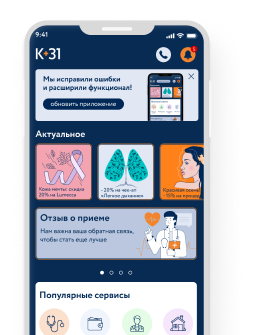



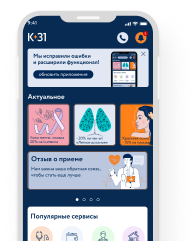
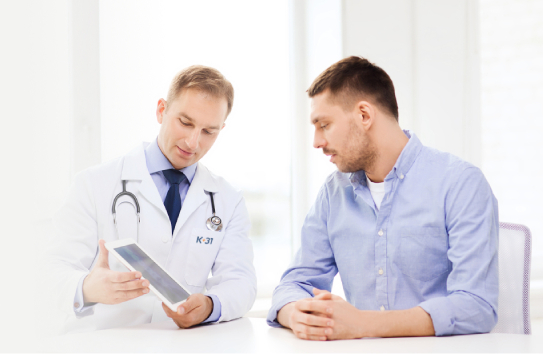
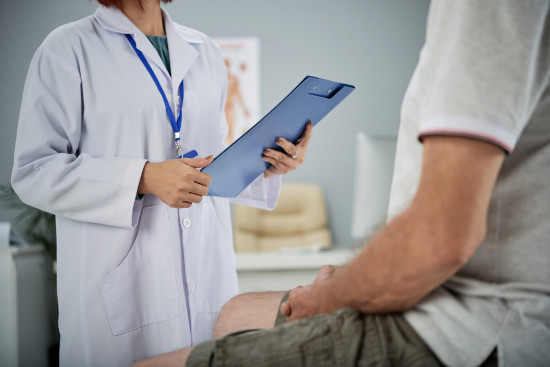
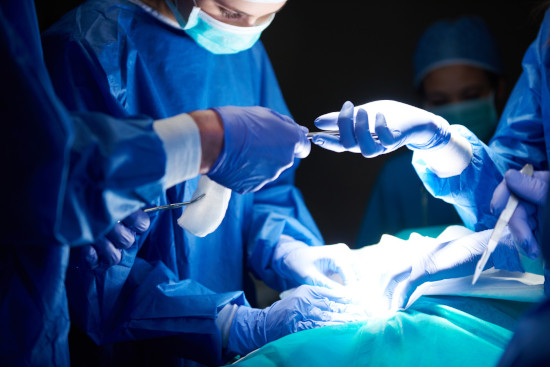
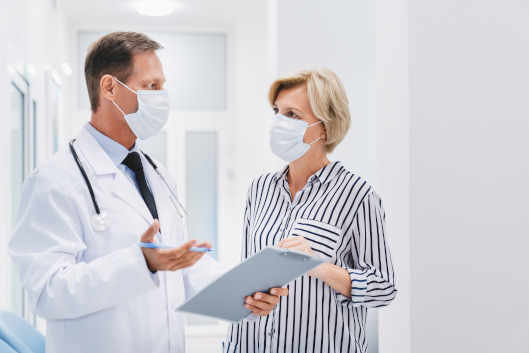

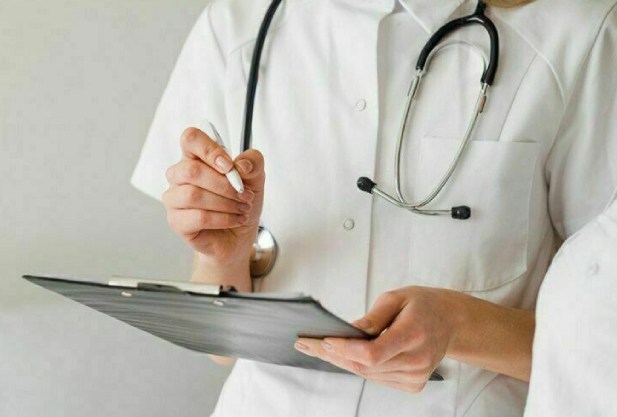
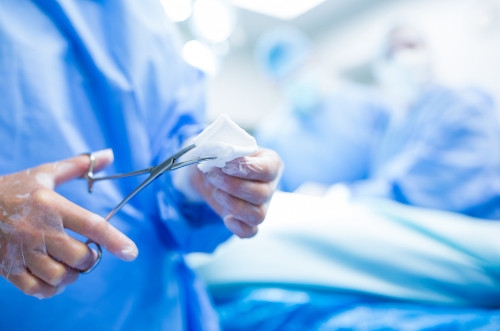










































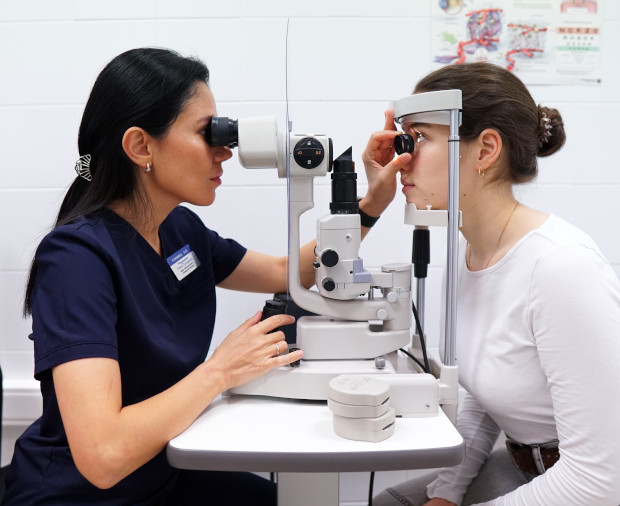
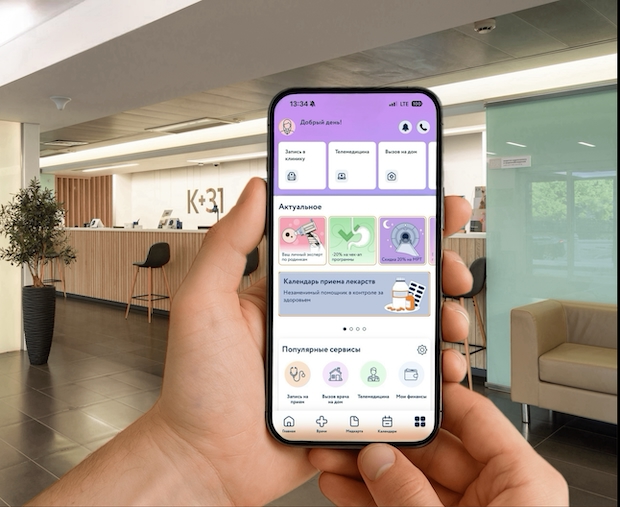



Why you should see a doctor if you have prostate adenoma
The prostate is an accessory sex gland and is normally small in size. It is located at the bottom of the bladder and covers the space around the base of the penis. The communicating channels of the prostate gland have an outlet into the bladder and urethra. The main function of the organ is to secrete a secretion to liquefy the ejaculate under the influence of androgenic hormones and to maintain reproductive function.
Prostate adenoma is a benign neoplasm that consists of overgrown prostate tissue. The tumor rarely develops into a malignant one, but it leads to disruption of the male genitourinary system and is dangerous due to the risk of complications.
If you ignore and do not treat the problem, the following conditions are possible:
Hyperplasia of the prostate gland also disrupts sexual function. Erection becomes difficult, and constant urge to urinate causes nervous disorder and reduces quality of life.
Timely visit to a urologist allows you to detect the problem at the initial stages and treat it with medication. If the prostate is greatly enlarged, medication alone will not do, surgery is prescribed. It helps to stop its growth and get rid of the problem once and for all. Modern methods of prostate removal show high efficiency and guarantee the absence of relapse.